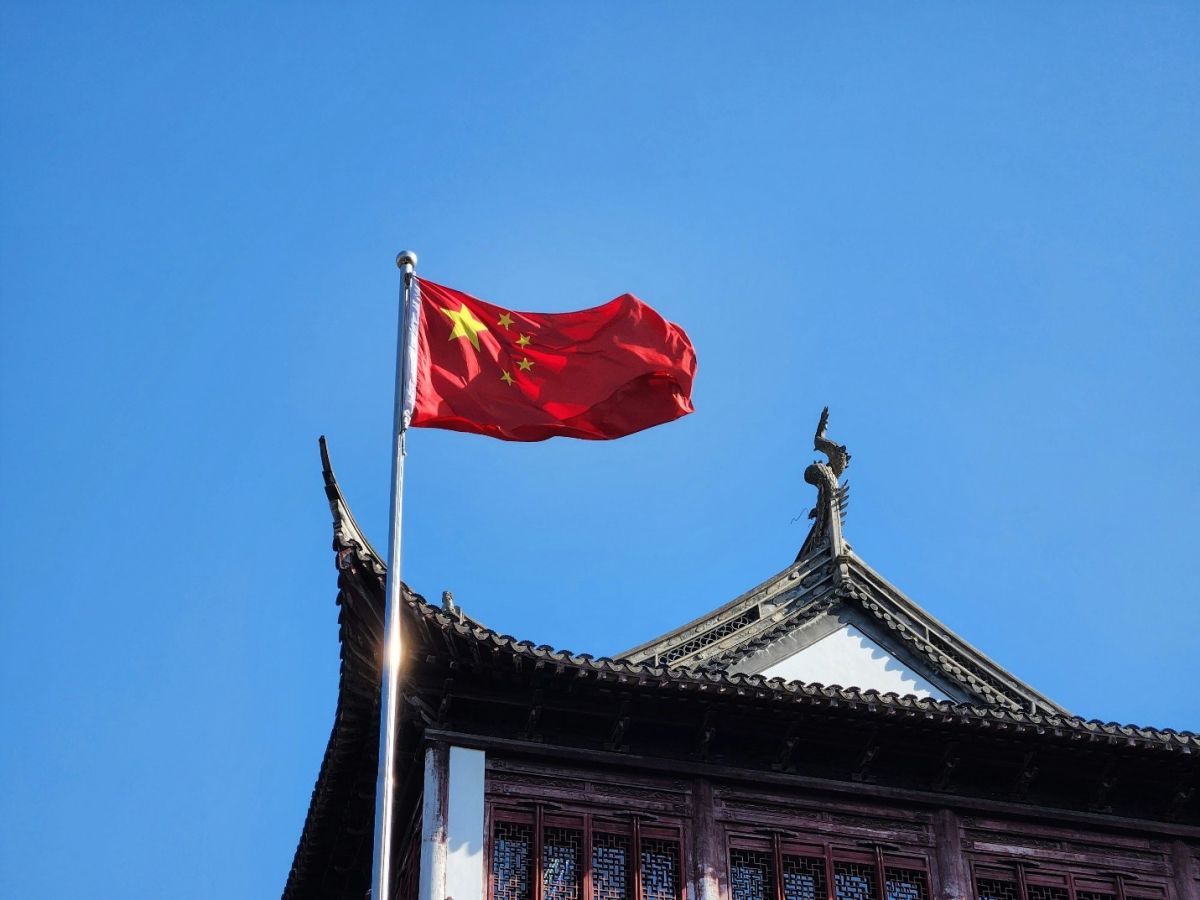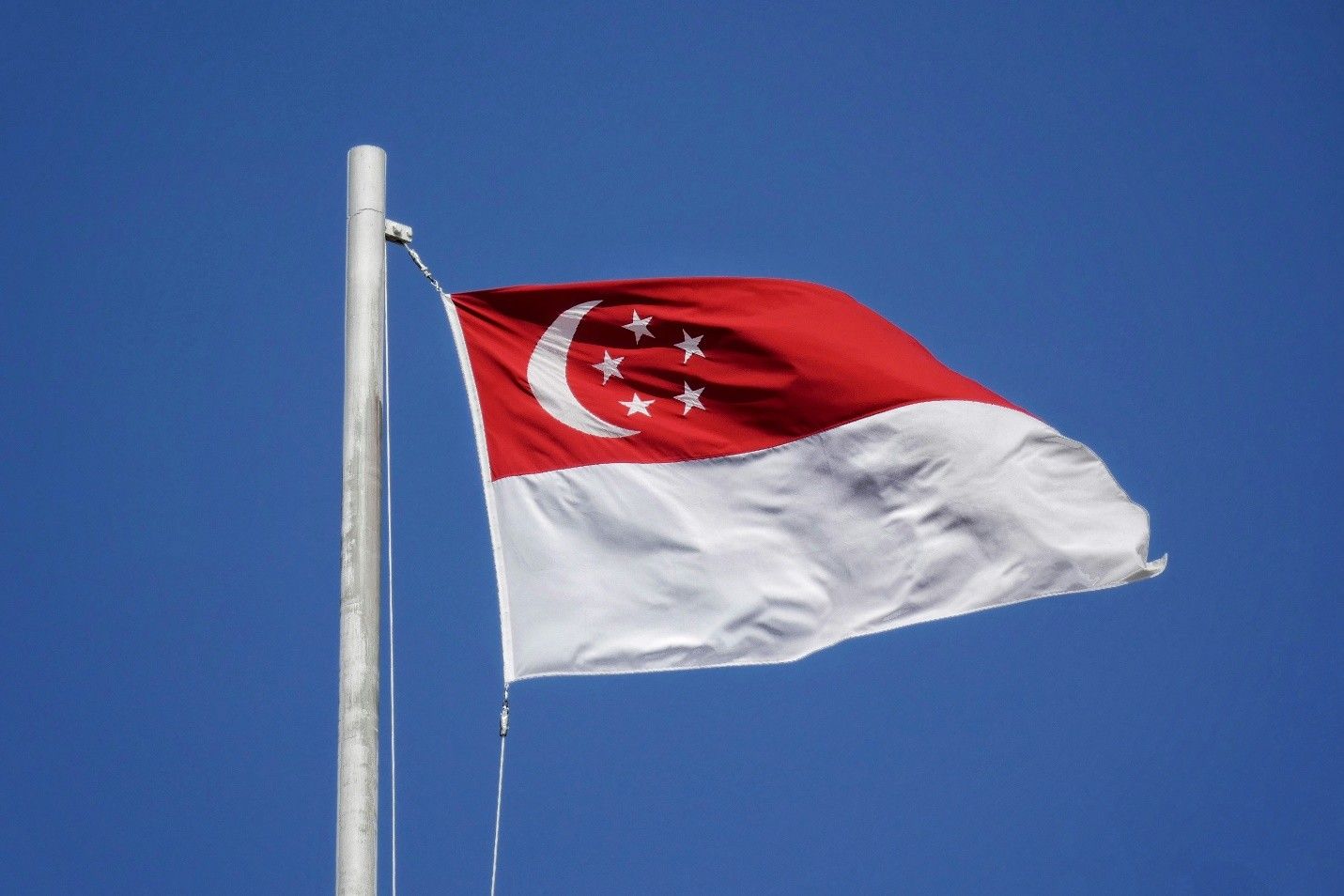
Week in Review
China maps out economic future with emphasis on industrialization
China’s Communist Party mapped out their five-year economic goals, with an emphasis on industrialization and achieving technological self-reliance. The Central Committee of the Chinese Community Party, a small group of the party’s elite, continues to prioritize manufacturing and investment, with moves that reflect the increasingly tense relationship with the United States.

China’s Communist Party mapped out their five-year economic goals, with an emphasis on industrialization and achieving technological self-reliance. The Central Committee of the Chinese Community Party, a small group of the party’s elite, continues to prioritize manufacturing and investment, with moves that reflect the increasingly tense relationship with the United States.
Despite repeated promises to improve domestic demand and people’s livelihoods, these five-year goals reflect a larger emphasis on continued industrialization. “There is still an unresolved tension between the leadership’s purported desire to boost consumption and its goal of shoring up the size of its manufacturing sector,” said Capital Economics analyst Julian Evans-Pritchard, per Reuters. “…The leadership will have to choose one or the other. Today’s communique leaves little doubt over which way they are leaning.”
China is the supply chain hub of Asia for goods production across the world. The International Monetary Fund (IMF) has urged Asian countries to lower non-tariff barriers and integrate regional trade to soften the blow from U.S. tariffs, according to Reuters. With China decreasing trade with the U.S. and subsequently increasing intra-regional trade among other Asian nations, the IMF notes an opportunity for other Asian countries to diversify their export market.
By removing trade barriers, China could help reduce the costs for neighboring countries and offset the price of tariffs. “If Asia integrates more within the region, that itself provides you a buffer against external shocks,” director of the IMF’s Asia and Pacific Department Krishna Srinivasan said, per Reuters.
The IMF expects Asia’s economy to expand 4.5% in 2025, a light dip from last year’s 4.6% growth, but a 0.6% increase from the estimate earlier this year, according to Reuters. The boosted growth estimate is attributed to the front-loading seen earlier this year, as purchases soared before tariffs were enacted. Next year the region is expected to see 4.1% growth, with the decrease attributed to increased global trade tensions, weaker demand in China and lower private consumption. “While trade policy uncertainty has declined somewhat compared to April, it remains high and could weigh on investment and sentiment more than expected,” the IMF report reads.
Beijing’s near-monopoly in rare earth minerals, which are critical in defense and semiconductor industries, have been leveraged in trade talks between China President Xi Jinping and U.S. President Donald Trump. However, policies surrounding these minerals have led to overcapacity. With low wages, poor social welfare and low worker confidence, undermine the competitiveness of China’s monopoly. Chinese policies require high levels of investment, pushing China’s overall debt levels to three times the size of the economy, according to Reuters.
According to FCIB’s Credit and Collections Survey, 90% of sales to China are with existing customers while 10% are to new customers. Of those with customers in China, 11% are not extending credit in the region, while 26% offer 1-30-day terms, 21% offer 31-60-day terms, 16% offer 61-90-day terms and 26% offer over 90-day terms.
Customers are nine days beyond terms on average, with delays largely attributed to billing disputes (64%), unwillingness to pay (43%) and customer payment policy (36%). A majority of respondents found that delays were staying the same, with 29% finding that they were increasing. Most customers pay using wire transfer (79%), with others paying by EFT (21%) and cash against documents (16%).
“Ask for net-30 and know that they will pay in 45 to 60 days,” one respondent advised. “Expect Chinese holidays to ask three to four weeks as a reason for payment delays.”
“Make sure all food products are labeled correctly,” another respondent advised. “There will be huge delays if not done properly and it could even be shipped back.”





